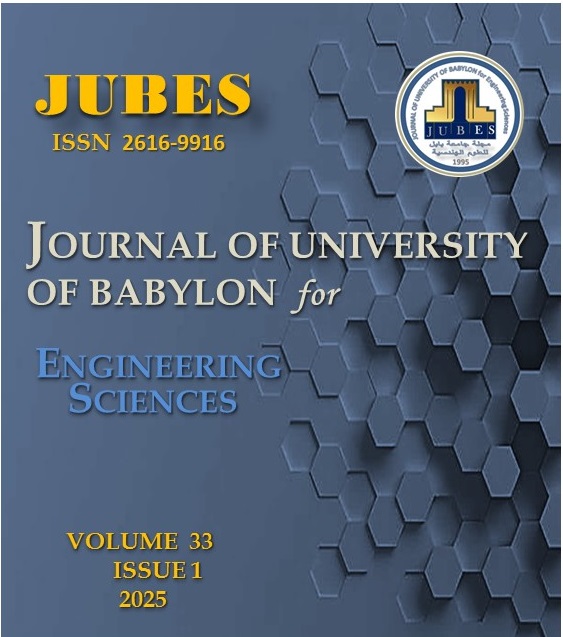Efficient implementation of a tiny deep learning classifier based on vibration-related fault detection using limited resources hardware
Main Article Content
Abstract
The dramatic evolution of limited-resource hardware such as microcontrollers in conjunction with the development of machine learning algorithms has helped open doors to building smart devices in industrial sectors. Predictive maintenance is one of these sectors that uses smart devices efficiently. Vibration data such as data collected from accelerometers can capture precisely any change in moving machine behavior due to mechanical wearing in moving parts such as bearings. In this work, a deep learning one-dimensional convolutional neural network (1DCNN) classifier is built as a fault detector and tuned to enhance detection performance. This classifier is tested using a publicly available vibration dataset for three types of rotating bearing status (healthy, inner race fault, and outer race fault). The classifier is designed using a tiny machine-learning framework, which can be implemented using a microcontroller with limited resources. The accelerometer data is preprocessed using a spectrogram of a vibration signal to extract frequency-time-related features to enhance classifier performance. Moreover, the classifier is quantized using an eight-bit integer to reduce calculation time and required memory. TinyML framework environment handles the building of the ternary classifier and helps to implement this classifier on limited resources hardware. This ternary classifier achieves accurate results with an accuracy of 98.64% and F1 score of 0.99. However, these accurate results were achieved using minimal resources of an Arduino microcontroller with a RAM of 8.3kb and a latency of 20ms.
Downloads
Article Details
Issue
Section

This work is licensed under a Creative Commons Attribution 4.0 International License.
